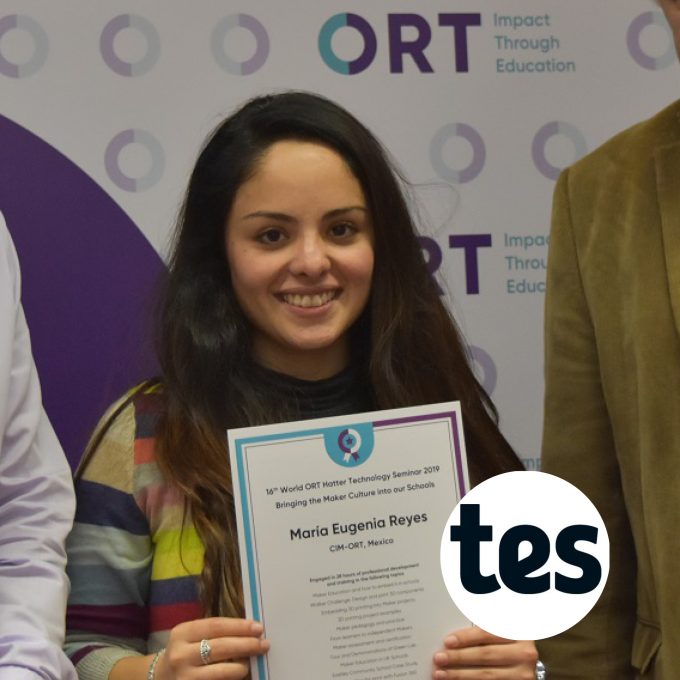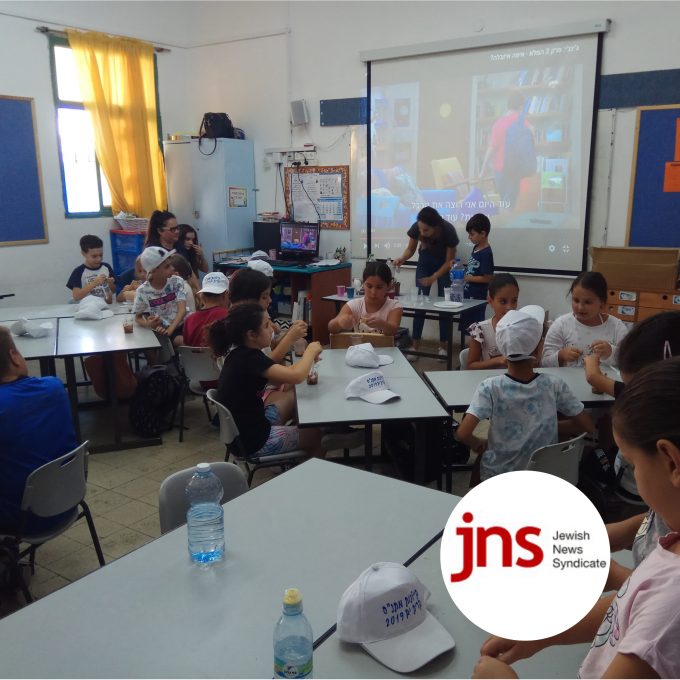See original article here
Before I came into teaching, I was an industrial designer, an innovation leader and a project leader for Fiat Chrysler, and before that a product and graphic designer in the plastic and food industry.
Now I lead the maker space at the Colegio Israelita de México ORT, in Mexico City. Since I was little, I always liked to work with kids. When I used to work in the car industry I was out and about all the time. But when I found this opportunity to be part of a maker space, to practise with all the tools, machines, techniques, and at the same time work with children – I knew it was the perfect job.
Multi-disciplinary
We sit and we plan first. Sometimes, because of the rush, the kids don’t plan. So we make a design and day by day we make the projects and the timelines, and I teach them to use the machines. We deal with the safety aspect of the experimenting.
Inside the maker space we produce lots of projects – it could be craft activities or our speciality: multidisciplinary projects that are a solution to a problem and involve subjects like physics, maths, English and Hebrew. The point is to solve a real-life problem. The kids construct a product, a solution or a prototype – that’s the point of the maker space, to do something real, either in a small version or the real size.
I have students aged from five to 18. Their projects range from making train models to programming prosthetic arms made with 3D printing. For the little kids, we build board games, we cut wood or we carve and paint. The kids learn and interact with these tools and machines.
Makerism
I travelled to London for a seminar to learn more about makerism – that helped me get an understanding of how my students feel when I teach. I met other teachers from around the world. Being part of something so big, so passionate and with such responsibility is amazing.
My students are really sweet – well, some of them, anyway. They are super-curious, asking me to help them. They always come with a smile, I love them so much because they always ask things and want to learn. That’s part of my job – helping them, not telling them or doing it for them, but showing them how to use the tools and machines.
It is stressful being a teacher in Mexico, but I love my job very much so that helps. I’ve found teaching is mainly about the kids having new needs and learning more practical skills and needing to be aware of new technologies. It’s not just about teaching them ABC, but about showing them and allowing them to have a new mindset.
We need to be prepared for teaching our kids about how the world is changing so fast – they need to be prepared for interacting with all these tools and software. It is very important.
María Eugenia Reyes teaches at Colegio Israelita de México ORT, in Mexico City. ORT is a global education network driven by Jewish values, which reaches 300,000 people in more than 30 countries every year.





